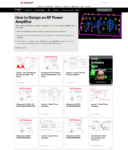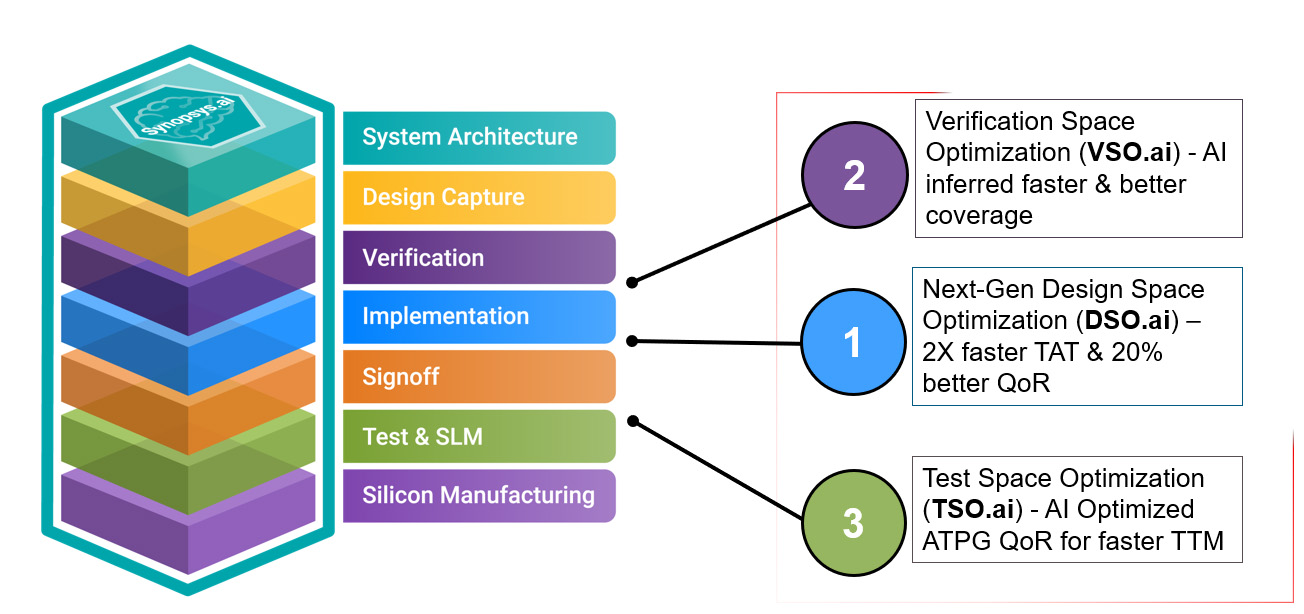The impact of AI seems to be everywhere. Products are smarter, doing more of what used to be done by the humans. Complex tasks can be completed quicker and with greater accuracy and failures can now be predicted more reliably and repaired before they even occur. The AI technologies used to make all this happen and how those technologies are applied to tasks familiar to SemiWiki readers is the subject of a new white paper from Siemens Digital Industries Software. The white paper presents a comprehensive view of our changing world; this is required reading for those doing electronic system design. A link is coming, but first let’s examine the Siemens Digital Industries view of AI and its impact on system design.
The AI Tools of the Trade
The term AI, or artificial intelligence has a very broad meaning. It represents a collection of algorithms and information processing strategies. Many of these concepts have been around for quite a while, some dating back to the 1940’s. A combination of new application strategies enabled by vast processing power has created the revolution we are witnessing now. According to the white paper:
During the last ten years, artificial intelligence (AI) has progressed from a visionary concept to a mainstream reality in many large companies.
The white paper provides a very useful overview of the technologies at play in this revolution and how they fit together to address real-world problems. I recommend you get the first-hand view of all this from the white paper. These technologies are woven together using mathematics, computer science, statistics, and psychology. They include machine learning and deep learning. The goals of AI application discussed are broad and include:
- Make informed decisions, increasing efficiency
- Complete routine tasks with minimal effort, improving productivity
- Improve expertise by recommending next tasks
AI Applied to PCB Design
PCB design is used as an example in the white paper to illustrate the impact of AI. PCB design challenges engineers to generate designs that have adequate power and cooling for complex and fast ICs while maintaining signal and thermal integrity for every high-speed signal between the various ICs on a board. The complexity of the problem can explode quickly. This application provides a great backdrop to see the various ways AI can revolutionize design.
Many aspects of AI’s impact on the design process are discussed in the white paper. Here is a brief summary to whet your appetite:
Learning curve: Experienced engineers develop an intuition about how to optimally apply tools and set options. This is the main reason the productivity of a senior engineer is so much higher than that of a junior engineer. What if AI could capture this intuition, allowing junior engineers to perform like senior engineers?
Component selection: Engineers spend a lot of time researching the selection of components to optimally address system requirements. What if a model could be developed based on historical information to cut this problem down substantially?
Component model creation: Generating models to represent the components (e.g., symbols, 2D/3D physical geometries, and simulation models) takes a lot of time and demands many different skillsets. What if natural language processing, image recognition, and ML could be applied here?
Schematic connectivity: Optimal component placement and connection requires a broad perspective of the design. Here is another opportunity for AI assistance.
Dynamic reuse: The knowledge applied to one design is often lost once the design is completed. What if institutional knowledge could be saved and curated?
Constraints: Again, prior knowledge can make this task much easier with higher quality results.
Layout: These tasks use heuristics to optimally automate the process. What if AI can target those heuristics to be more specific and more accurate?
Analysis and verification: Design sensitivity to factors such as material properties, physical layout and temperature/voltage all conspire to make this process challenging. What if AI can refine the interdependencies to a more predictable model?
Design synthesis: Pulling it all together, generative AI approaches can have a big impact.
The Big Picture
Siemens Digital Industries Software has a very broad footprint. Its customers span many markets, industries and applications. The white paper discusses some of the investments being made to deploy AI across this broad footprint.
Examples discussed include:
- AI/ ML-based accelerators for edge applications get to market faster
- Genetic algorithm-based optimization to build an efficient decoupling capacitor set for a power delivery network
- An adaptive UI to improve user productivity by predicting the commands that users will most likely want to use
- Delivery of 90 percent accuracy on next-step suggestions in microflows
This is an incredibly broad set of AI applications across design, manufacturing, and production. As part of the Siemens Xcelerator portfolio, these tools help electronic systems design companies leverage AI technologies to deliver futuristic products to market today.
To Learn More
Here is a link to the new white paper, Reducing Electronic Systems Design Complexity with AI. AI will change the face of design and manufacturing. I highly recommend you download this white paper to learn more. It will help you to understand the Siemens Digital Industries view of AI and its impact on system design.









